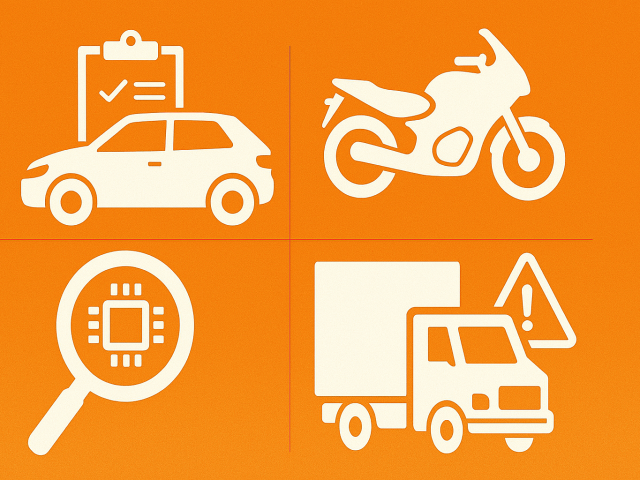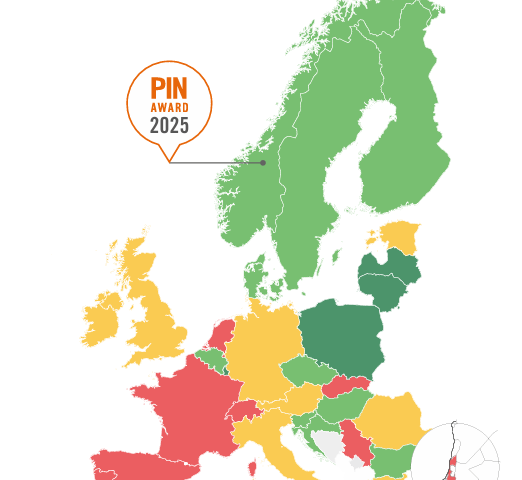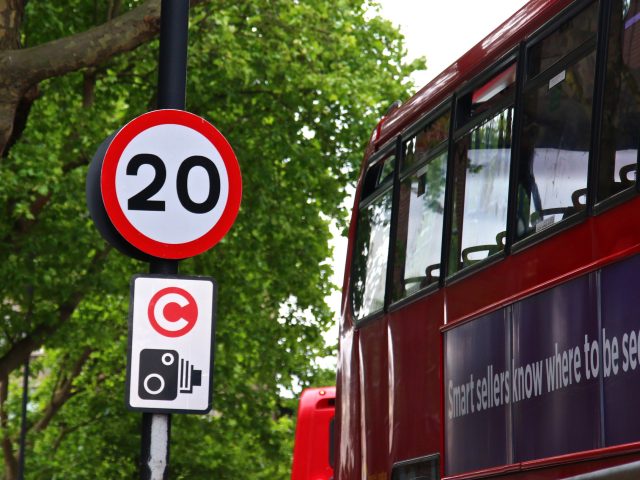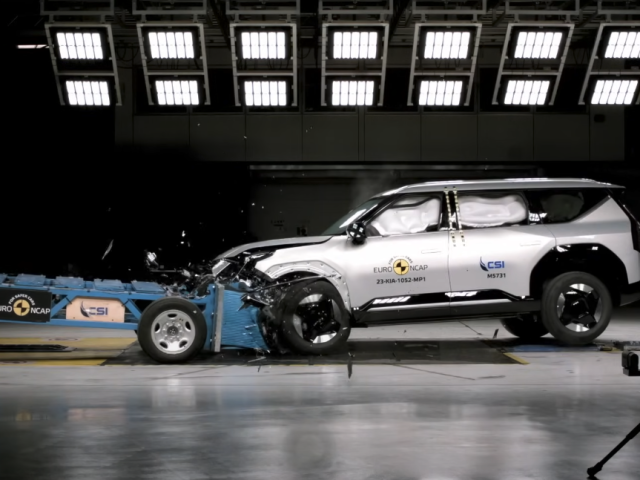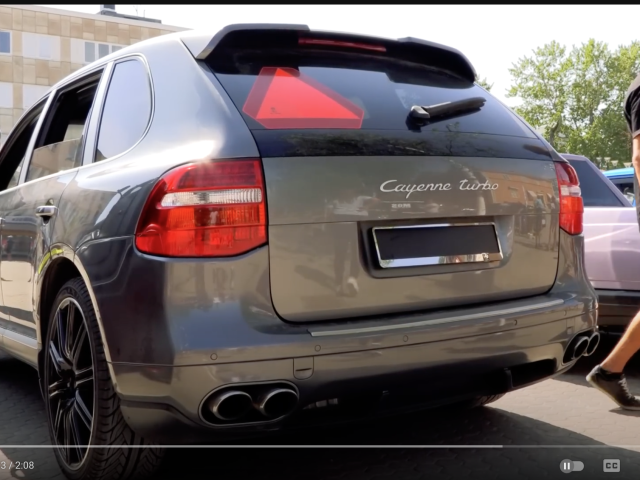Opinion: Five years on from the last European elections, is the EU making our roads safer ?
Antonio Avenoso, Executive Director, ETSC
Back in the spring of 2019, ETSC was in the mood for celebration. The EU had just finalised a political deal on a world-beating step forward in vehicle safety that is only now paying off. After years of wrangling over technical specifications, all new cars sold in the EU from July this year will feature a panoply of new safety technologies from automated emergency braking systems, to lane departure warnings, intelligent speed assistance and distraction monitoring. This sweeping change will save lives for years to come. The EU likes to sing about common charging cables and the end of roaming costs – but these will not save your life, or the lives of your children. Improved vehicle safety is one of the EU’s greatest achievements.
Looking ahead in 2019, like everyone else on the planet, we had no idea what was to come. Covid, new conflicts in Europe, the Middle East and Africa – governments seemed to jump from one crisis to another, and it was no different for the EU institutions. Road safety took a back seat. Recently the EU Court of Auditors said ‘progress is barely moving’. But road safety needs to be a priority once again. 100,000 people died on EU roads over the last five years, and 100,000 more will die over the next five if nothing changes.
100,000 people died on EU roads over the last five years, and 100,000 more will die over the next five if nothing changes.
Despite this difficult political context, we have seen a number of measures from the EU since 2019, that, taken together, will make a positive impact.
Here are a few examples:
- Driving and resting times rules will now apply to van drivers on international routes
- It will become easier for Member States to sanction foreign drivers that commit road traffic offences, and more dangerous behaviours will be covered
- Drivers and riders for online delivery and taxi platforms should be treated as employees, and be better protected
- Hundreds of cities on the European road network will be required to formulate sustainable urban mobility plans – which includes a safety component
- MEPs backed a number of measures the EU should take to improve road safety
The news wasn’t all good. The EU set a target in 2017 to halve road deaths in the decade to 2030. How are we doing? Between 2019 and 2023, deaths declined by 10%. They needed to decline by more than double that to hit the target.
Those vehicle safety standards we mentioned? The minimum requirements for Intelligent Speed Assistance, Electronic Data Recorders and distraction warnings ended up too weak to bring all the hoped-for benefits. Drivers are also replacing their vehicles less often in response to the cost of living crisis, meaning new safety technologies will take longer to reach the whole fleet. The EU is also busy approving new assisted driving features that we think may increase the risk of driver distraction and disengagement.
In terms of new legislation, the flagship policy of a new ‘road safety package’ from the European Commission was a revision of rules on driving licences. There were some important improvements in there, notably on the issue of drink-driving. New drivers will be subject to a zero-tolerance alcohol limit in their first two years of driving. And, for the first time, alcohol-dependent people will be allowed to take part in alcohol-interlock rehabilitation programmes as an alternative to losing their licence after being convicted of drink-driving. That’s a small but important change which could increase access to these essential programmes.
Unfortunately, following years of industry pressure, the new licensing rules could end up allowing children as young as 17 to drive lorries. ETSC has argued that would be a big mistake as data clearly show a much higher risk profile the younger a lorry driver is. The new proposals also include a plan to allow 16-year-olds to drive cars that weigh up to 2.5 tonnes, as long as they are fitted with a speed limiter set to 45 km/h. The Commission’s impact assessment warned that could make road safety worse for cyclists and pedestrians. And, in an age where young people need to be encouraged to be more healthy and active, it just makes no sense. It will be up to a new European Parliament and Commission to shape a final deal on driving licences under the Hungarian EU presidency later this year. We hope they reverse some of these unnecessary, and dangerous changes.
In a briefing for incoming policymakers published last month, we called for an overhaul of the institutional approach to road safety in the EU, with the appointment of a Road Safety Envoy, reporting directly to the Commission President, to more closely align the work carried out across various departments. In addition, we have said an EU road safety agency, with specific powers such as managing the roll-out of automated vehicles, and carrying out crash investigations, is also long overdue. While the other main transport modes in Europe (aviation, maritime and rail) have dedicated EU agencies responsible for safety, there is no such agency for road transport.
Returning once again to the crucial topic of vehicle safety, ETSC is urging the Commission to start work on a new revision of vehicle safety regulations to account for rapidly advancing safety technologies and to push ahead with reforms to periodic technical inspections of vehicles to ensure these technologies are maintained over a vehicle’s lifetime.
What will we have to say about road safety in Europe in five years ? One thing is for certain, these EU elections matter.
A disturbing trend of the last five years has been the rise of ‘culture wars’ around transport and mobility. There have been clashes over speed limits, speed cameras and low-traffic zones. The politicisation of road safety is not a new phenomenon, but it does feel that the tone of discussion has got worse recently. This makes little sense because there is not a family in Europe that hasn’t been affected in some way by road trauma. So pay attention to what politicians say about these issues. Ask them whether they support proven measures to reduce the violence on our roads. But above all, get out and vote.
